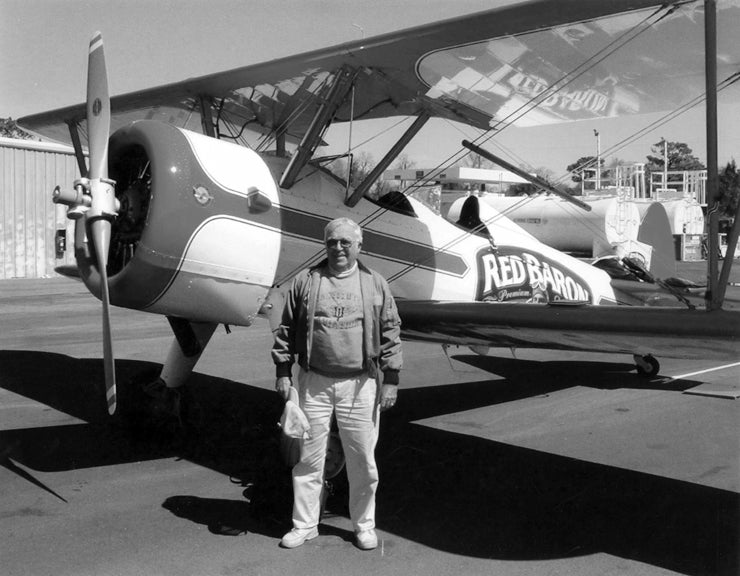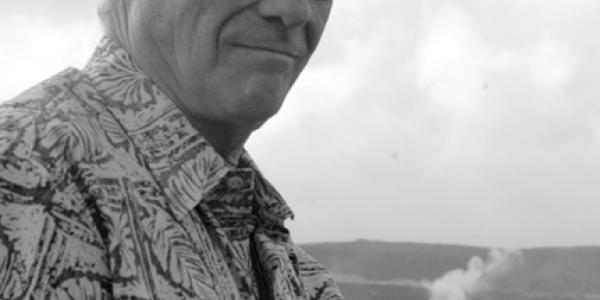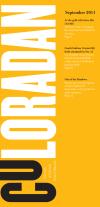 After more than 9,000 flight hours and 60 years as a pilot, James Patton Jr. (Aero’56) landed at the end of his career where he first took off — on the plane of his childhood dreams.
After more than 9,000 flight hours and 60 years as a pilot, James Patton Jr. (Aero’56) landed at the end of his career where he first took off — on the plane of his childhood dreams.
Jim retired from NASA after 21 years in 1987. Too restless to stay on the ground, Jim continued flight-testing until officially retiring in 2002. His last project brought him full-circle at age 74, testing the Boeing-Stearman Model 75 that his childhood heroes of World War II flew.
“It was a great way to exit stage left,” he says.
Growing up in Texas, airplanes fascinated him. His first plane ride at age 7 solidified his dreams. Jim built his career by “playing airplane,” a humble way of describing this 2009 inductee into the Virginia Aviation Hall of Fame, a fellow of the Society of Experimental Test Pilots and a pilot who purposely maneuvered his aircraft into over 8,000 spins.
Jim flew in the Navy for six years. Armed with the GI Bill, he moved to Boulder to attend CU. He lived with other ex-Naval aviators in a house on 11 acres on South Boulder Road. A Siamese cat named Smoky came with the property. During the week Jim studied and on the weekends he flew.
“I only took aeronautical engineering to be around airplanes,” Jim says. “We had a lot of scenery, but a lot of work was involved,” he says.
After graduating he accepted a position with the Federal Aviation Administration (FAA). There Jim tested airplanes with unrecoverable spins and realized no guidelines existed to ensure effective spin recovery. The FAA sent him to the U.S. Naval Test Pilot School, an opportunity he describes as “the tipping point” in his career.
That opportunity led Jim to what he calls “the best flying job in the world” — a position at NASA Langley Research Center in Hampton, Va., as chief research pilot and head of flight operations. He developed the NASA Spin Program, spurred by his realizations at the FAA. The program lasted more than 14 years during which he developed spin-resistant airplanes, improved flight training, wrote over 100 technical reports and collected data still used by universities. Ultimately, aircraft manufacturers adopted NASA’s recommendations, a decision Jim says has “undoubtedly saved lives.”
At age 82, Jim misses flying. He fills that gap by volunteering and finding satisfaction in helping others. Looking back, Jim offers sound advice.
“Be persistent,” he says. “Don’t give up knocking on the door. When the door finally cracks open, be ready and prepared.”






